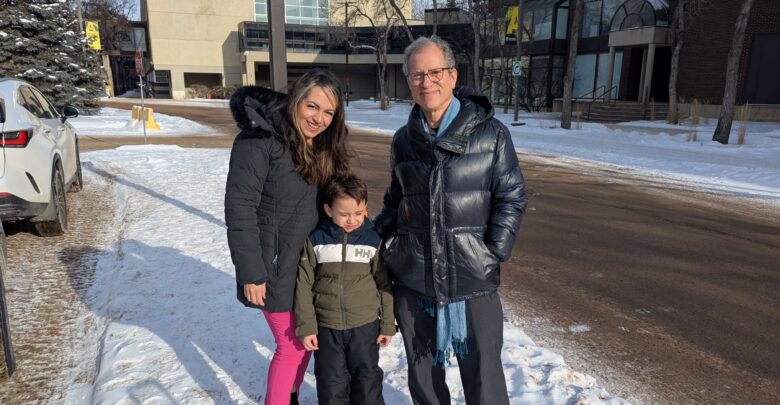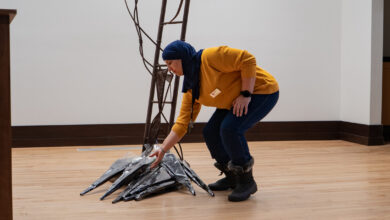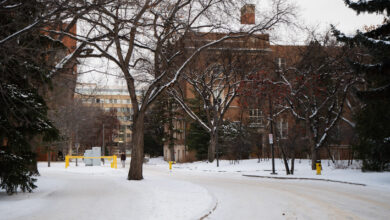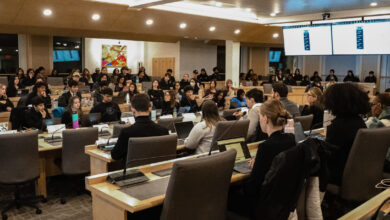 Gabriel Ayoku
Gabriel AyokuSevere combined immunodeficiency (SCID), also known as “bubble boy disease,” is a genetic disease that impairs children’s ability to form an immune system. A mutation in a gene for immune system development causes SCID, leaving children susceptible to infections. A common therapy for SCID patients is a bone marrow transplant from a sibling.
Jakob’s Melody is named after Jakob Guziak, who was born to Andrea Fernandez and Kamil Guziak in 2019. Jakob was born with SCID and is an only child. Being an only child, a bone marrow transplant from a sibling was not an option. Jakob was homeschooled and received weekly enzyme injections to boost his immunity.
Michael Frishkopf, the composer of Jakob’s Melody, is a professor at the University of Alberta’s department of music. Frishkopf started working on Jakob’s Melody after he was contacted by Aditi Kantipuly, a medical school graduate from McGill University. Kantipuly’s interest in rare genetic diseases like SCID led her to discover Jakob’s story.
“I’m pretty active in the rare genetic condition communities,” Kantipuly said. Kantipuly’s children’s book, “The Zebra Alphabet,” names a rare disease for each letter of the alphabet. This led her to Jakob’s mother who is also a children’s book author.
Upon learning about Jakob’s condition, Kantipuly was interested in using music to raise public awareness of SCID. She found Frishkopf by surfing the web and decided to reach out.
“My area is ethnomusicology. I study music of the world, but I’ve gotten interested in a lot of other things including music and health,” Frishkopf said.
Kantipuly provided Frishkopf with the genetic sequence responsible for immune system development. A mutation to this sequence with 32,178 bases leads to SCID. Frishkopf was supposed to use this in a musical piece.
Frishkopf described the task as “a puzzle [he] found interesting to think about”.
Jakob’s Melody combines the use of lyrics with sonification
Frishkopf decided to use a technique known as sonification — the process of converting data into sound.
Using sonification, Frishkopf created a “rule-based link between the DNA sequence and the melody.”
Out of 32,178 bases, Frishkopf identified a string of 64 bases which he converted to musical notes. After Frishkopf did this, the melody was monotonous. He then decided to change his rule.
“I decided the connection between a base letter and the music would be an interval, not a note,” Frishkopf said. This fixed the problem with the melody.
In addition to the melody from the genetic sequence, the musical piece includes a poem sung by Jakob’s mother. The first two lines of the poem read, “In the middle of my dreams / You’re holding my hand tight.”
Kantipuly explained that the universality of the sequence allows everyone to relate to the condition.
“The music was composed from a sequence that is conserved amongst the human species,” Kantipuly said. “I’m hoping that people can connect to that idea.”
Jakob receives gene therapy at UCLA
In July 2024, Jakob received a lifesaving treatment at University of California, Los Angeles (UCLA) which involved correcting the genetic mutation in his stem cells and reintroducing them back into his body.
“Now, his body is able to produce the proteins that defend against infections,” Kantipuly said.
Jakob, now five, is slowly readjusting to his new life. After being previously homeschooled, Jakob started going to school in January.
According to Frishkopf, Jakob’s mother shared that “it’s an adjustment for him as much as an adjustment for us”.




